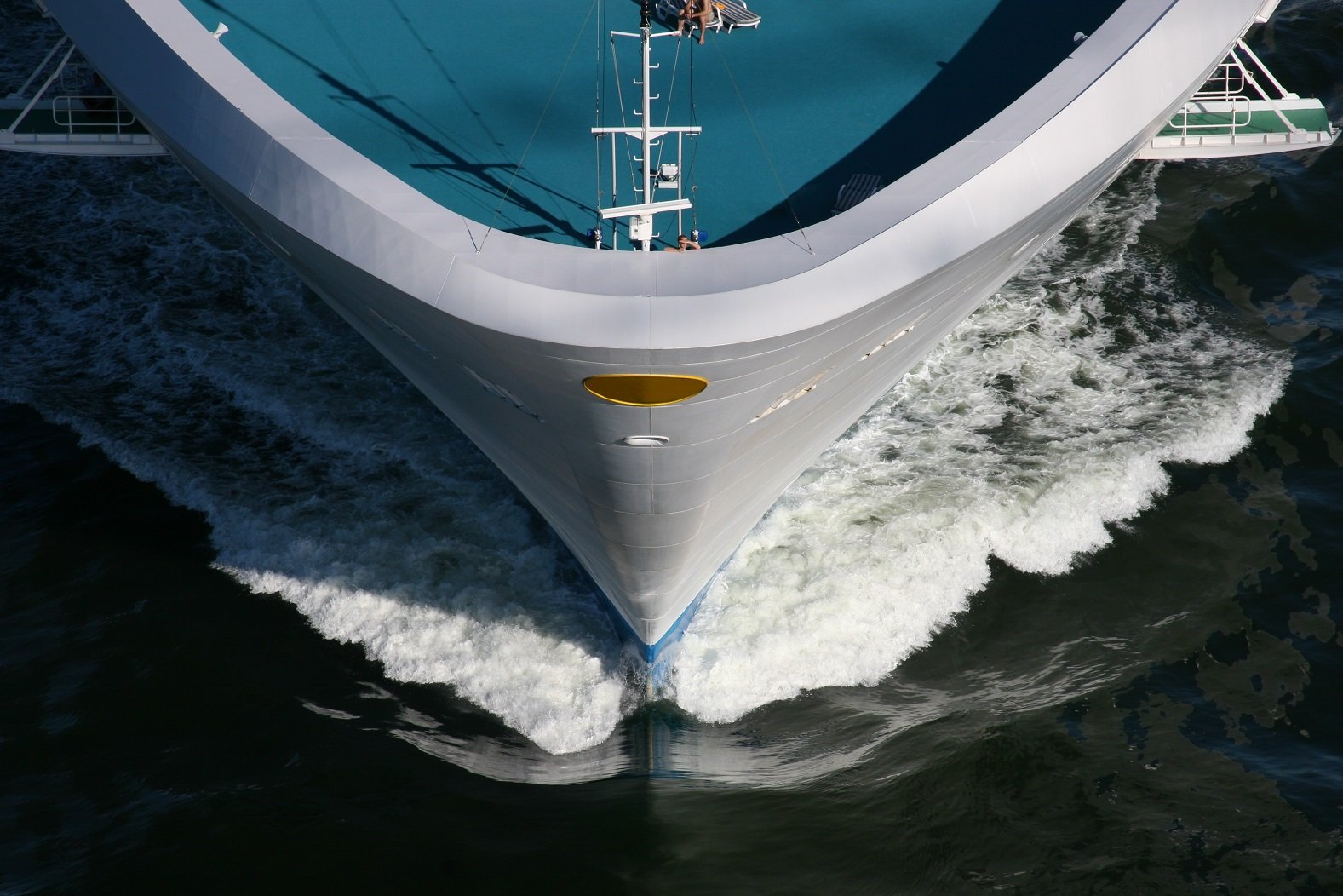The cruise line industry has gone from despair to hope in the last two weeks. Carnival Corp (CCL 1.62%) and Royal Caribbean (RCL 3.38%) have raised billions of dollars from debt and equity sales, and, along with Norwegian Cruise Line Holdings (NCLH 0.71%), are starting to come up with a plan to reopen to the public.
With debt and equity offerings, these companies' management teams have bought more time to wait until demand returns. But will people go on cruise ships in droves by summer 2020? I have my doubts -- and that's why I think cruise line stocks are nearly as fragile as they were a month ago.

Image source: Getty Images.
Cruise lines are now weighed down with debt
Cruise line companies may have enough liquidity to make it through the next few months or even a year, but they've increased their own risk long-term. You can see their levels of long-term debt below. And the picture has only gotten worse.
CCL Total Long Term Debt (Quarterly) data by YCharts
Carnival has added $6 billion of debt in the last month, and Royal Caribbean added $2.2 billion in a new term loan due a year from now.
Debt doesn't necessarily have to be a problem if a company has revenue and income to pay it off or refinance it in the future, but we don't know when the cruise business will generate any sort of revenue again.
A demand problem is on the horizon
Even when the U.S. and parts of the rest of the world get back to some level of "normal", I have a hard time seeing consumer discretionary spending returning to previous levels or demand for cruises returning. Cruise lines have been shut down by U.S. regulators until at least June 26, unless the COVID-19 pandemic somehow ends before then. But even when ships set sail, will they be full? Carnival recently disclosed that 55% of customers offered a refund or credit for a future trip have taken the refund, pulling more cash from the balance sheet.
The Center for Disease Control and Prevention (CDC) has singled out the cruise industry, saying, "cruise ship travel markedly increases the risk and impact of the COVID-19 outbreak within the United States." I think consumers will see the increased risk of getting COVID-19 aboard a cruise ship and think twice, putting a damper on demand.
Supply could be a problem
If demand for cruises drops, you would hope that the industry would be able to reduce supply to match it and keep ships full. But over the next few years there will be an explosion of new ships hitting the market.
Below is a table showing the new ship commitments these three cruise line operators have on the books.
| Company | New Ship Commitments |
|---|---|
| Carnival | $14.5 billion |
| Royal Caribbean | $13.9 billion |
| Norwegian Cruise Line | $8.3 billion |
Source: Annual company SEC filings.
Cruise line operators are already working to delay the delivery of new ships, but we know that supply is going up even as demand is likely to go down. That'll put operators in an even tougher position financially.
Cruise line stocks aren't out of the woods
Cruise companies have started to patch the hole the next few months will leave in the industry, but that's where I get worried about buying cruise line stocks. Once ships welcome customers I think demand will be down just as supply goes up, and the cost of the patch to fix finances short-term may be a long-term detriment. Remember, Carnival's debt came with a whopping 11.5% interest rate on first-priority senior secured notes, which are fairly low risk in the capital structure.
The future is murky, and I haven't even brought up the possibility of a second wave of COVID-19 outbreaks that could keep ships in port for even longer.
There's simply too much downside risk for cruise line stocks, and I think they may not return to normal operations as soon as investors are currently hoping. I simply can't buy cruise line stocks with the increased risk profile ahead.









